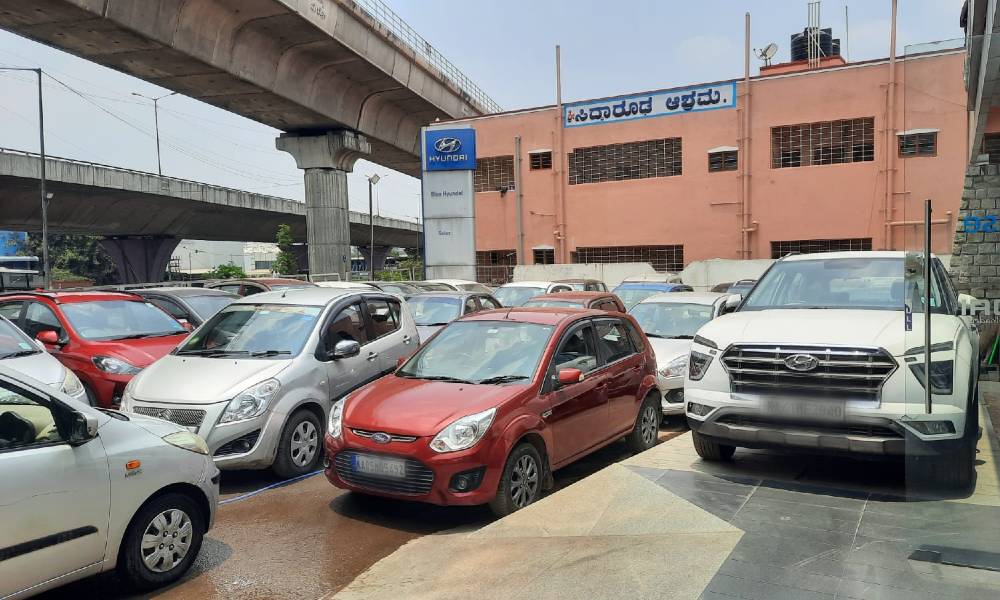Buying a new bicycle is an exciting time, whether it’s for yourself or for someone else – for example, there’s still something magical about getting a bike for Christmas when you’re a child! However, as you look at all of the options available to you, will you spend just as much time in choosing the right bike helmet? The helmet shouldn’t be an afterthought and this guide will give you some much needed guidance in choosing one as good as the bike you’re going to buy.
Basically, helmets are constructed in two main ways: hard shell and in-mould. Most medium to high end bike helmets are in-mould construction where the interior liner of the helmet is built into the hard outer shell while still in the manufacturing mould. This makes for one piece of material with a hard outer. In-mould helmets are lighter, stronger and with more venting options than hard shell construction helmets that are more basic and generally cheaper to buy.
Now we know the two main types of construction, here are the key features to consider:
- Liner: Most inner helmets are made of expandable polystyrene (EPS) foam, which will dissipate the force of impact. These foam liners are standard for action sports, and are lightweight and low-profile. These types of helmets, with their lighter and stronger materials, are more expensive but it will absorb more force when your head takes a knock. This is something to keep in mind if you are pushing to the limits with your cycling.
- Shell: The outer part of a bike helmet is usually made from composite materials e.g. fibreglass or hard plastics like polycarbonate or ABS. The shell is designed to spread the force of an impact over a broader area.
- Ventilation: The vents in the helmet will keep you cool while you’re cycling. Helmets for road cycling have more vents to enhance wind flow over your head as well as keep you comfortable. A large number of vents also makes the helmet lighter. Standard helmets for the casual rider have a limited amount of vents as your level of exertion is much lower.
- Strap: Straps are not created equal. Helmets for trail riding typically have thicker straps to help the helmet stay secure on rough terrain. Meanwhile, road helmets tend to have cooler and lighter straps for longer rides. Any strap should be comfortable, adjustable and easy to take on and off.
- Weight: Premium helmets are made out of more expensive and lighter materials. A light helmet is a more comfortable helmet, so if you’re going to be doing long endurance rides, it might be a better idea to pay a little more for a lightweight helmet that still provides plenty of strength..
- Fit System: Some helmets come in one size, and others come in standard sizes like S, M, L and so on. All helmets feature an adjustable fit system to enable each one to fit a range of head sizes. Cheaper entry level helmets have a basic fit system with less scope for adjustment. More expensive helmets generally have an adjustable dial at the back, which allows for a more precise fit. It’s essential you find the correct fit as this not only boosts comfort but allows the helmet to sit securely and tightly on your head.
These are the big things to look out for when buying a new helmet. But that helmet won’t last forever. They’re designed to absorb the impact if you fall from your bike and hit your head – but they’re only good for one crash and must be replaced after any significant impact, even if it looks OK. And if you have been fortunate enough to stay on your bike and avoid a crash, you should still replace your helmet after five years or so. Any helmet weakens over the years through exposure to UV rays and pollution and won’t be able to absorb the force of impact when you hit the ground.
While this guide will give you a good general overview of which type of helmet to buy, the best way to play it safe is to consult the professionals you’re buying your bike from. They’ll ensure you’ll get the right helmet to wear while you’re riding the right bike.





